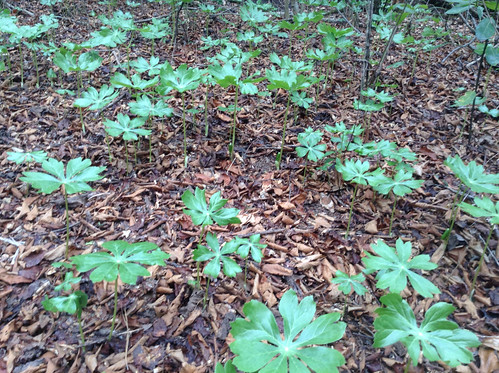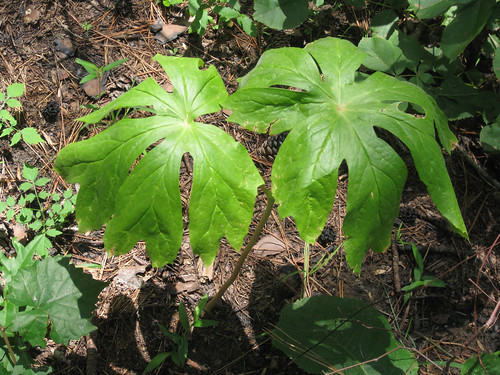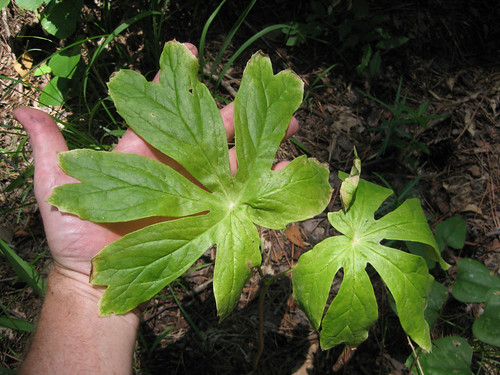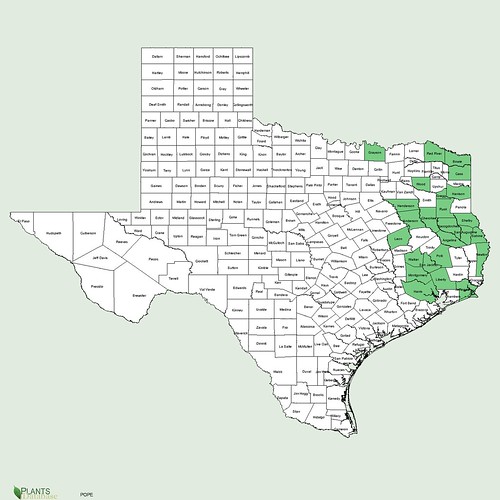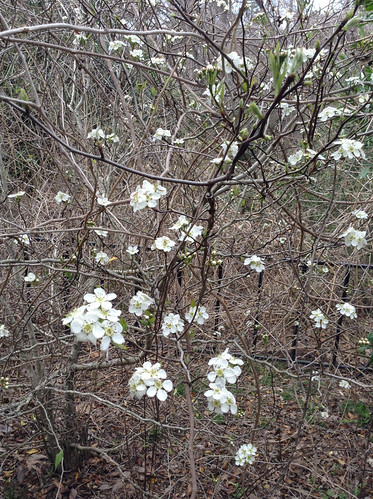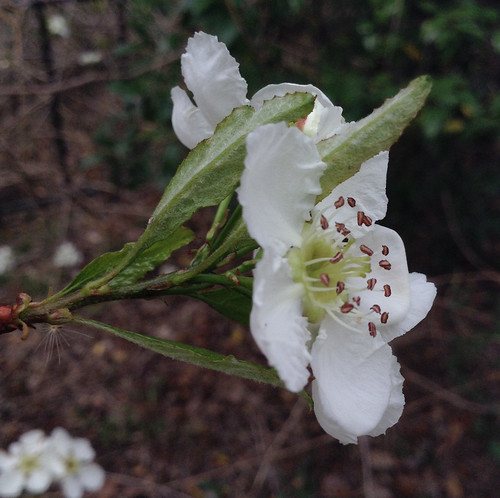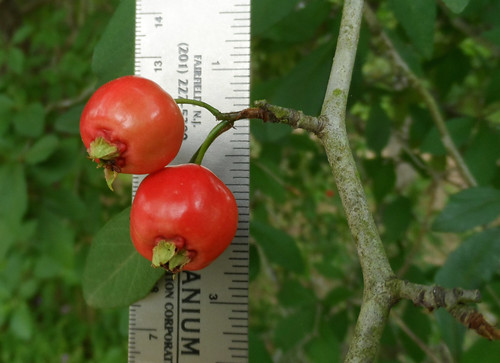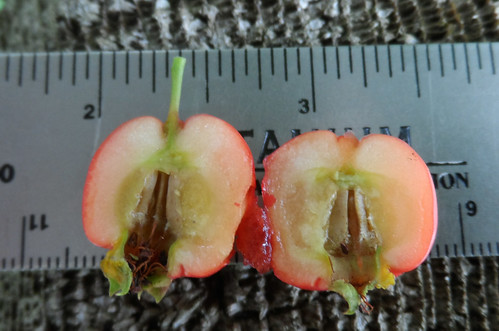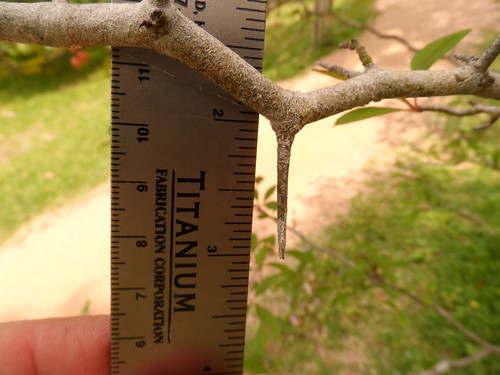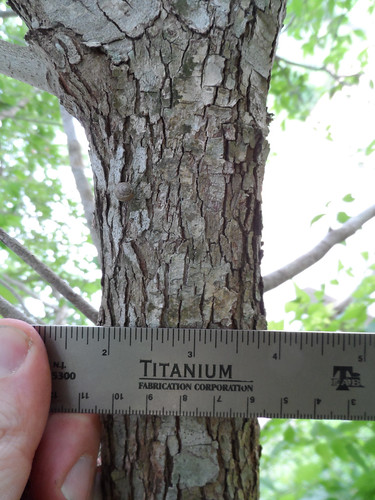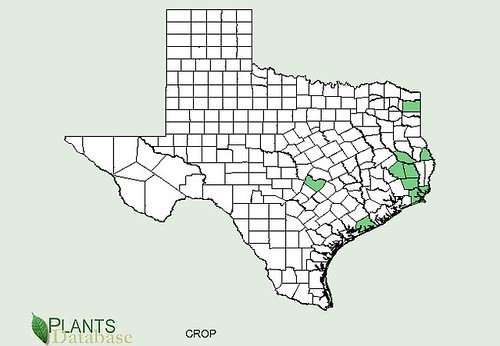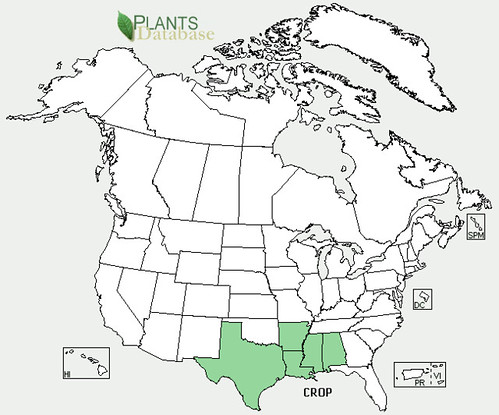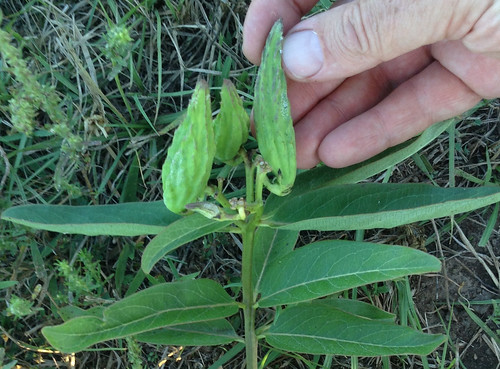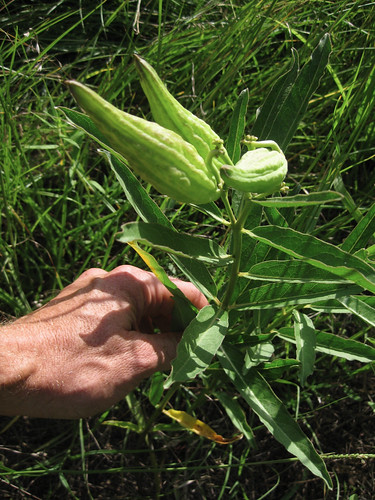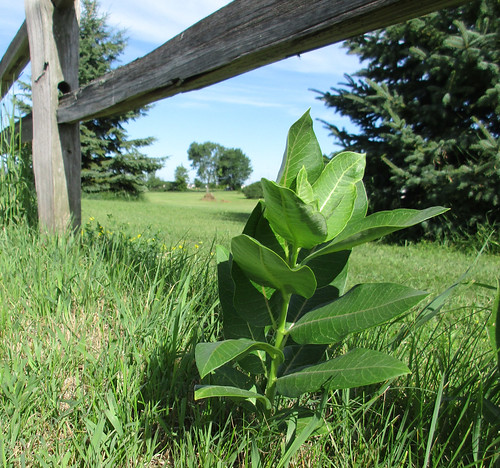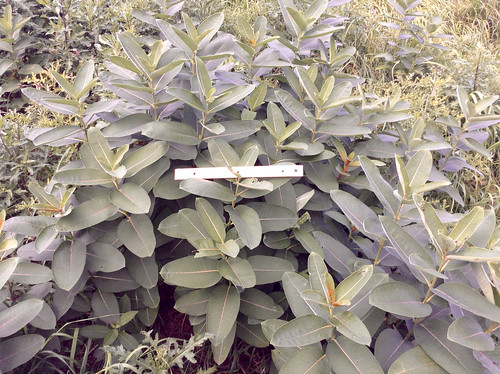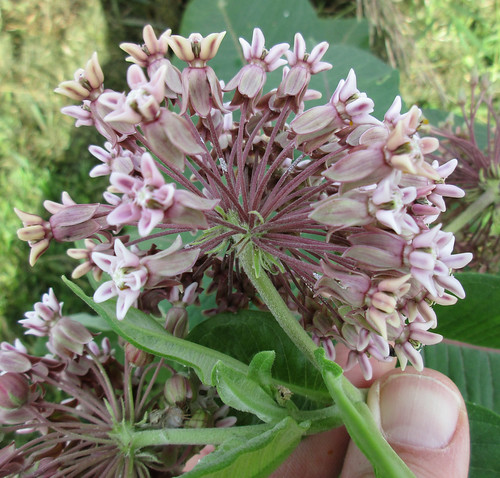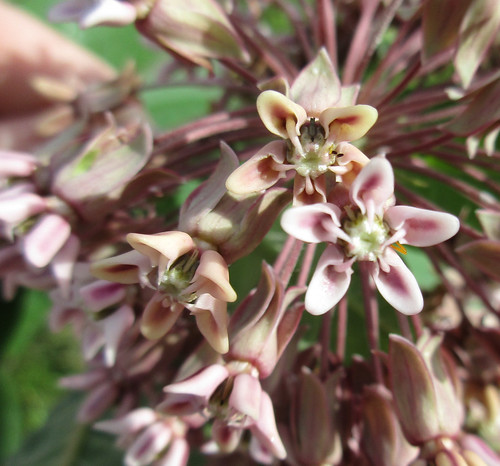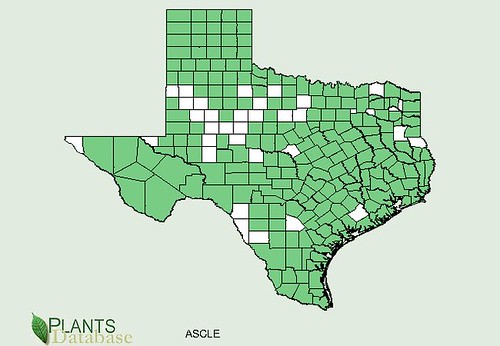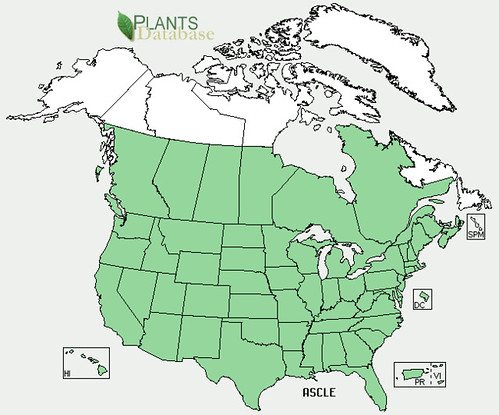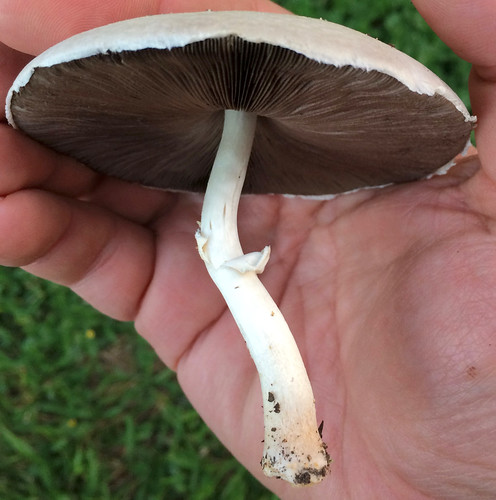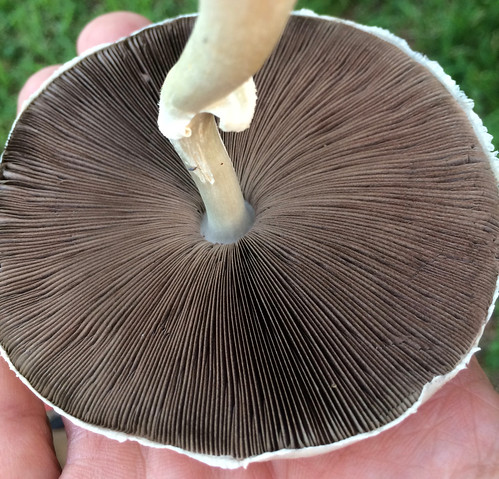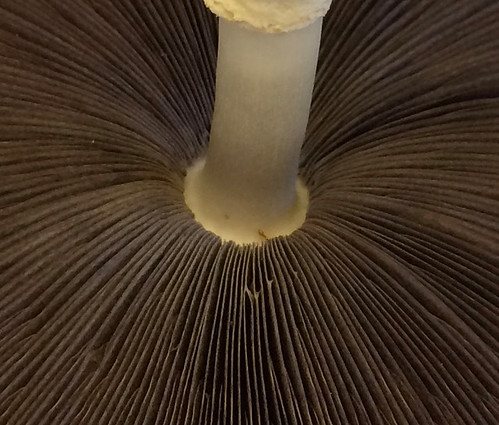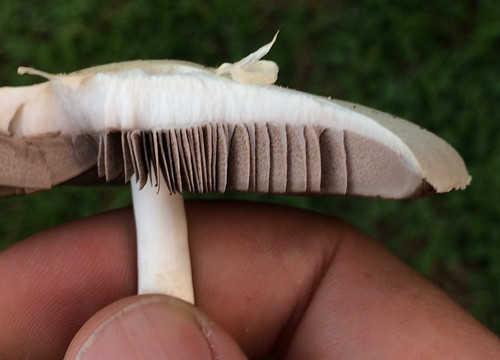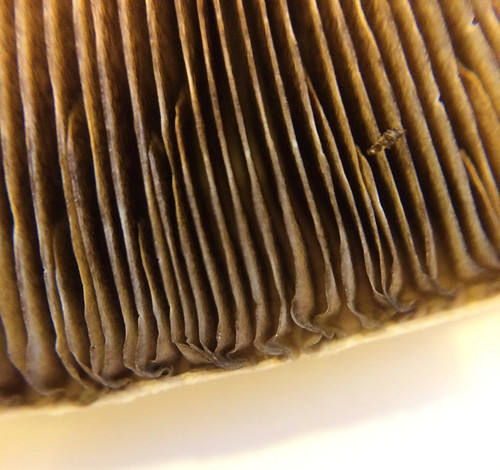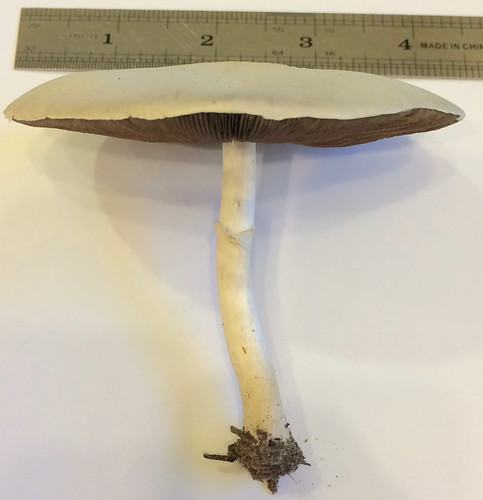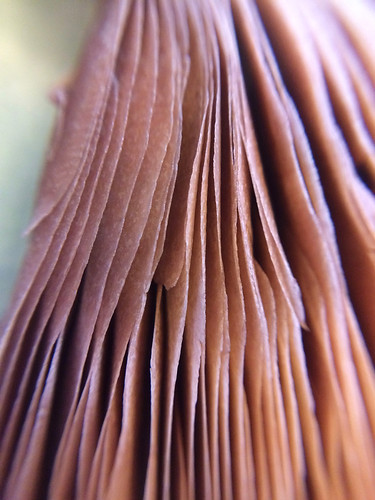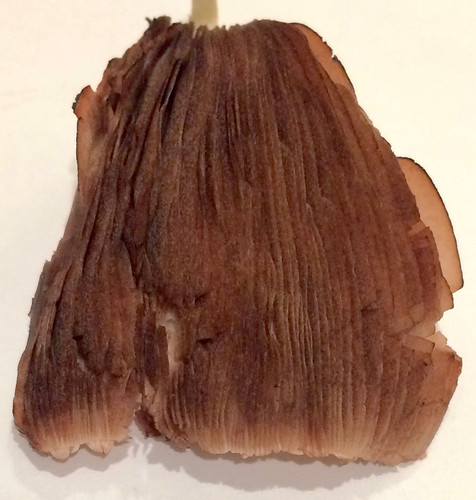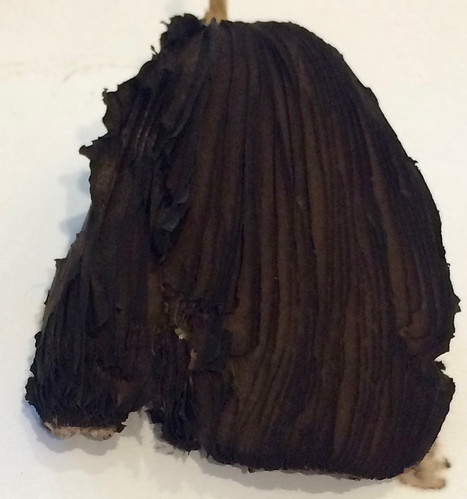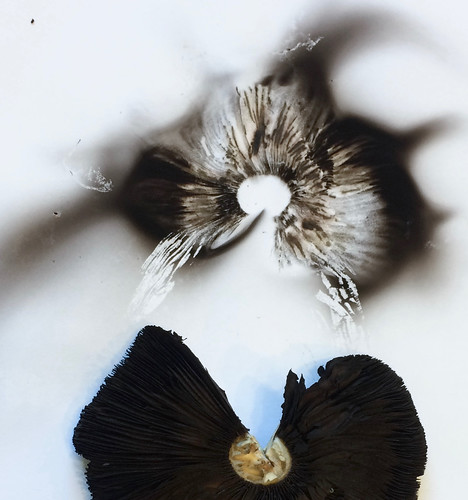Abundance: common
What: Inner bark, seeds, leaves, sap
How: Boil inner bark or dry into flour, cook seeds, young leaves raw or cooked, boil sap down to syrup
Where: everywhere
When: anytime
Nutritional value: sugar in sap, protein and carbohydrates in seeds, minerals in leaves, carbohydrates in inner bark.
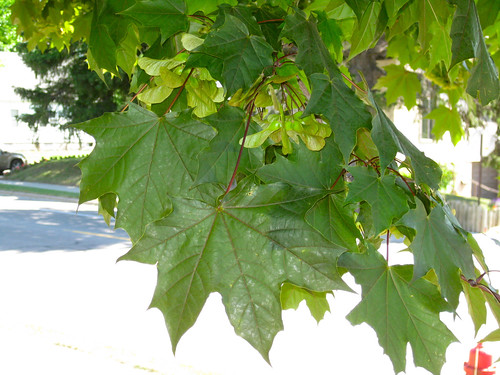
Maple leaves.
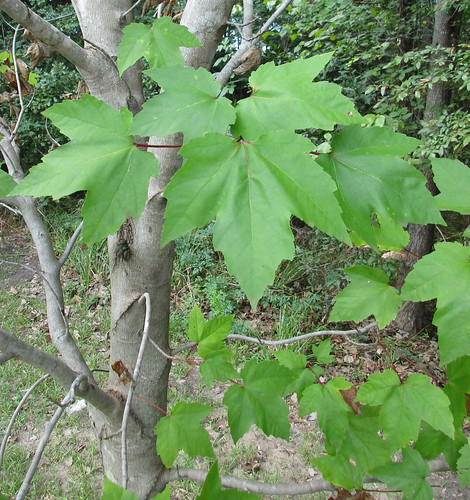
Close-up of sugar maple leaves (top and bottom).
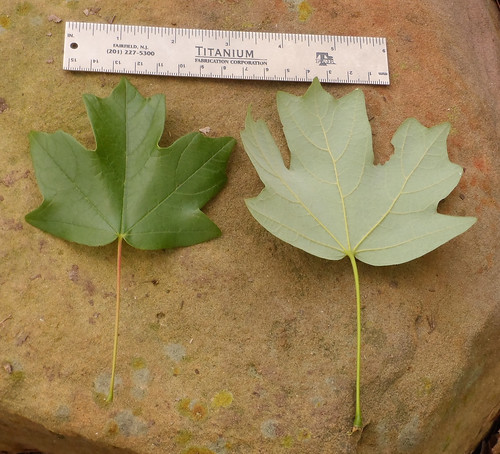
Trunk/bark of sugar maple tree.
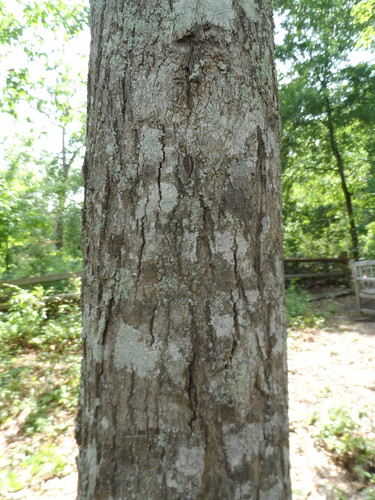
Mature sugar maple seeds (August in Houston).
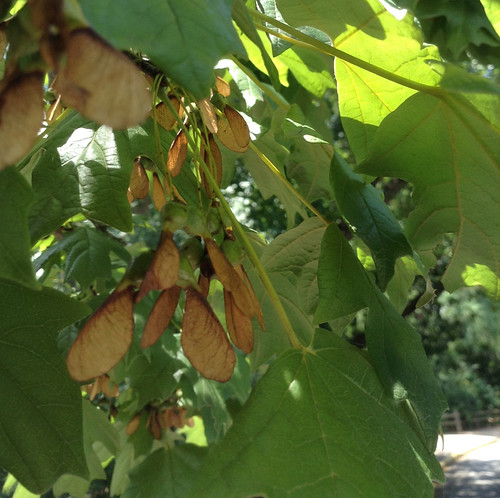
Red maple seeds. They are ready in the spring before the tree puts out its leaves.

Traditional drill, bucket and spile (tap) for collecting maple sap.
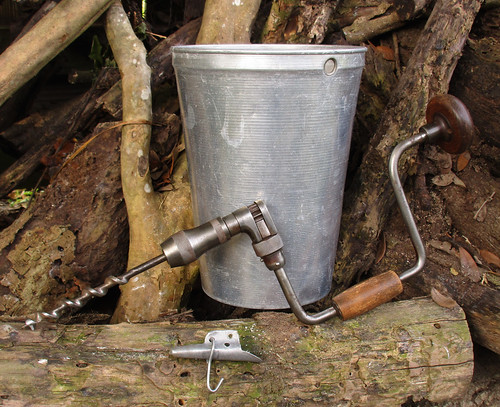
Texas distribution, attributed to U. S. Department of Agriculture. The marked counties are guidelines only. Plants may appear in other counties, especially if used in landscaping.

North American distribution, attributed to U. S. Department of Agriculture.
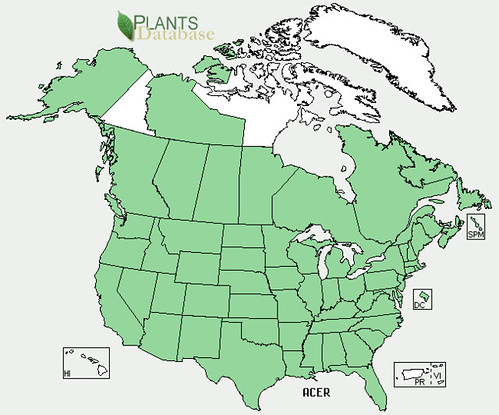
One doesn't usually think of maples as common Texas trees however native stand of sugar maples (Acer saccharum Marsh.) still survive in TX Lost Maples Canyon as holdovers from the last ice age. Sugar maples are a common landscaping plant but they are heavy water users. The native red maple (Acer rubrum), with its beautiful red seeds and leaves, is much more common. Both will have the five-pointed leaves like one sees on Canadian flags and beer bottle labels. Both will also produce the "helicopter" seeds hat twirl and spin as they fall from the tree.
In late winter/early spring maples will begin producing leaf buds. These tiny buds and the newest leaves they produce make a good woodland's nibble. They can be added raw to salads or even cooked like spinach.
Maple seeds can be roasted like pumpkins seeds. Remove the seeds from their "wings" before roasting. The young leaves are best within the first few weeks of appearing and are delicious raw and wonderful when added to salads, especially with a tangy oil/vinegar dressing.
The inner bark is mainly a survival food. Cut long vertical strips of the bark off the tree, not exceeding more than 10% of the width of the tree trunk. Taking more will most likely kill the tree and even just taking 10% will greatly weaken it. The inner bark looks like a brown paper bag. Slice it into thin strips then boil it for several hours to make a mush. It will still tastes pretty much like a boiled paper bag.
Tapping sugar maples is best done in late winter when daytime highs are 40-50F but below freezing at night. Texas weather rarely gives such a clear sign so some luck is involved in getting the timing right. Note that it takes boiling down 40 gallons of sap to get one gallon of syrup. Complete directions for making maple syrup and maple sugar are HERE.
Buy my book! Idiots Guide Foraging covers 70 of North America's tastiest and easy to find wild edibles shown with the same big pictures as here on the Foraging Texas website.


